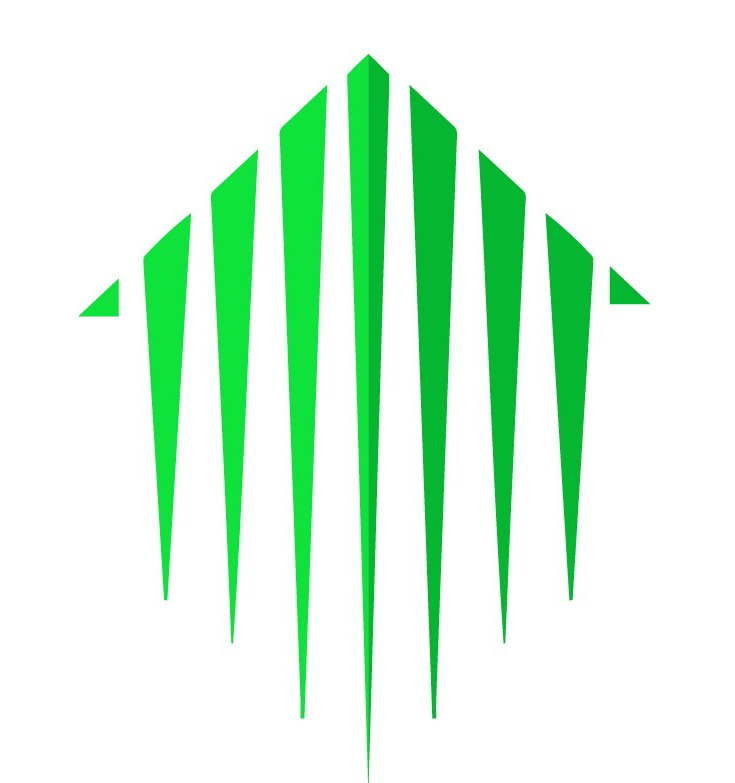How to Understand Condo Fees in BC
If you’re interested in buying your first strata unit then there are some added costs of condo living that you need to consider.

First-time condo buyers will usually be confused by the monthly maintenance fee that is charged by condo buildings. They can add up to a large percentage of your total housing costs when you combine them with your property taxes and mortgage payments. But what is a condo maintenance fee (also called a strata fee) and what will it cover? How does a strata fee compare to the costs associated with owning a house?
Every building there is requires maintenance to stay in good condition. To think otherwise would just be naïve.
The condo fee is your percentage share of the total cost of maintaining the whole building. Condo fees are not a way for the building management to make a little more profit. Each building is registered as a non-profit corporation. Because the condominium corporation is registered as a non-profit they are unable to use the money generated for anything other than the maintenance and operation costs of the condominium.
The strata fee each unit pays is calculated by dividing the total expenses of the unit entitlement (the square footage of each strata lot). This means that a two-bedroom unit will have higher strata fees than a studio apartment. The condo fees are also recalculated each year and may go up or down depending on the annual operating budget of the building.
The strata fee will vary between different areas and buildings. The rate will be determined by a number of factors including the age of the building, the management style, the contingency reserve fund (CRF) and amenities. For example the condo strata fees in Vancouver are typically 35-50 cents per square foot.
Where Does the Money from the Strata Fees Go?
There are two funds that must be maintained by every strata corporation in BC. These funds are where your maintenance fees end up. They are the operating fund and the contingency reserve fund (CRF).
The operating funds are used to pay for the regular expenses that come up over the course of the year. Condo fees are used to pay for the following things:
- Amenities
- Cable TV and Internet
- Caretaker Costs
- Electricity
- Heat
- Insurance
- Landscaping Costs
- Professional Management
- Parking
- Recreational Activities
- Contingency Reserve Fund
- Security Personnel
- Water and Sewer
- Exterior Maintenance
Some items are legally required to be included in the condo fees, these are insurance, CRF, and exterior maintenance. The other items are optional and depend on the building itself, the bylaws of the condo, and the preferences of the condo owners.
While condo fees will typically need to be paid annually most condo boards will offer people the chance to pay on a monthly basis.
To provide you with an example; the heating, cable and internet costs will sometimes be a part of the strata fee. These are things that fall under the operating fund and, while they may increase the strata fee, will be offered for cheaper than it would cost to purchase each item independently. These are the kind of expenses that provide a good reason to have higher strata fees.
You also need to consider that some of the high strata fee may go to amenities you have no interest in ever using. Of course it would be nice to have a gym and a swimming pool, but are you actually likely to use them? Will they be worth your money? Remember that you will have to pay for amenities in your strata fees even if you don’t use them.
Every condo is required to maintain a contingency reserve fund (CRF) by law. This fund covers any expenses that pop up less than once a year. It’s typically used in the upkeep of the building, such as financing a new roof or repairing heating and plumbing equipment.
The depreciation report can be used to help a strata council prepare for both annual and long-term repairs. It will also give an idea on the financial obligations for both the present and the future. Strata corporations stay in control of their long-term planning by making CRF contributions part of the annual budget. The amount for each year is decided on by a majority vote of the owners at the annual general meeting.
Do Your Homework
Smart condo buyers will take a look at the strata minutes for a history of the building, along with taking a look at the depreciation report . This will give them an idea of what repairs will need to be made in the next 30 years.
The strata minutes will also provide you with a look at the management style of the building. Are the problems in the building fixed correctly, or are they just being repaired with temporary solutions that keep maintenance fees down? Does the management provide regular maintenance such as window cleaning and power washing? Higher strata fees in a building are usually the result of regular maintenance which will keep strata fees down in the long run.
You should also consider having a professional home inspector review the minutes to determine if what they see during the inspection is reflected in the minutes. The home inspector will help you gain an understanding of any special assessments and the depreciation report .
There is one last thing to consider is the “special assessments” category. These are one time fees used for repairs that are not covered by the contingency fee. They may also be quite substantial, especially if you live in an older building or conversion. The good news is that once the bill is paid off you should expect to see a drop in maintenance fees, as was seen during BC’s Leaky Condo Crisis .
One of the most important aspects of buying a condo is understanding what is covered by the monthly maintenance fees so you are able to compare two buildings properly.
To fully understand condo strata fees it is important to understand how, when, and why your money will be spent.
If you still have questions about condos, mortgages or buying a home then please give me a call. I’m more than happy to chat with you.
Kelly Hudson
Mortgage Expert
Mobile: 604-312-5009
Kelly@KellyHudsonMortgages.com
www.KellyHudsonMortgages.com






